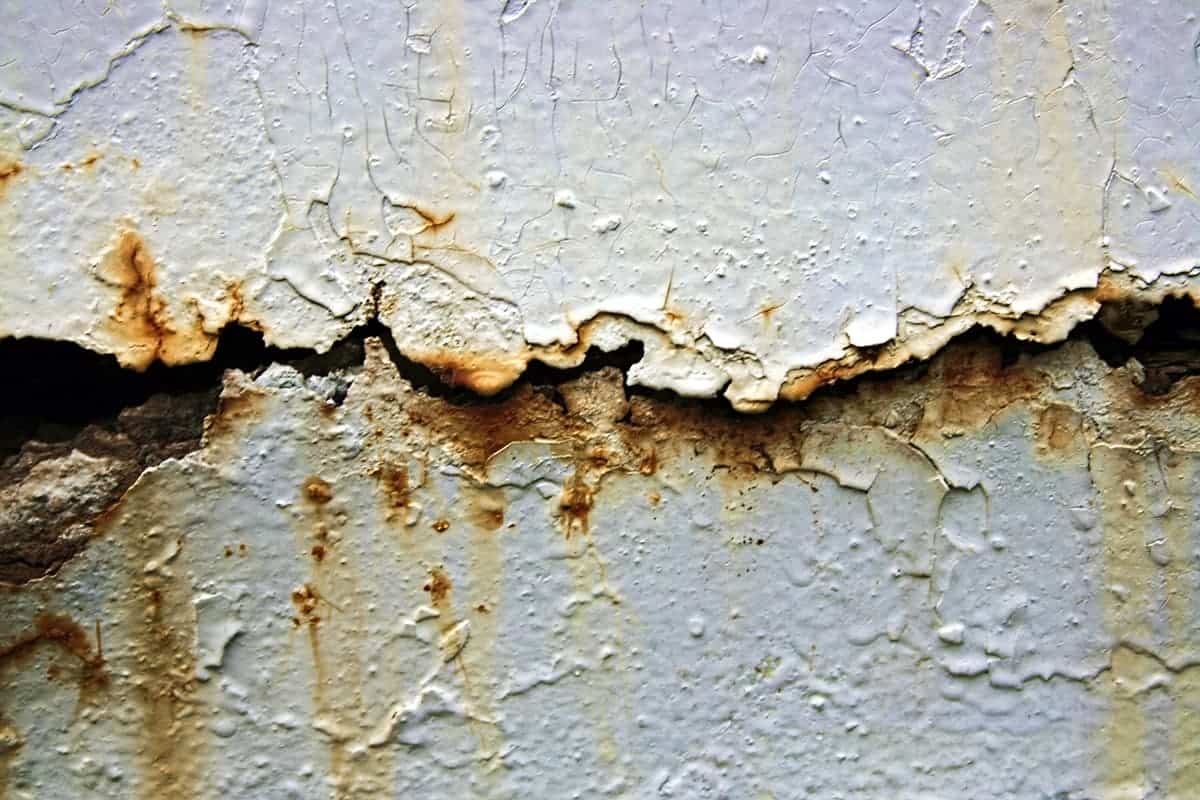We’ve already mentioned that stainless steel can, in certain cases, be susceptible to corrosion. However, few people realize how complex this phenomenon actually is – and how many different forms it can take. Today, at INOX Polska, we take a closer look at some of the most common types of stainless steel corrosion.
Stress Corrosion Cracking of Stainless Steel
Stress corrosion occurs when both mechanical stress and a corrosive environment act simultaneously on a material. As a result, cracks form that, in the case of stainless steel, typically propagate through the grains of the structure.
Stress corrosion can occur under three main conditions:
- Inappropriate temperature. For chloride-containing environments, this means temperatures above 60°C, and for alkaline environments, above 100°C. The higher the temperature, the greater the risk of stress corrosion cracking.
- Tensile stress caused by use or surface treatment. The higher the stress levels, the greater the probability of cracking.
- Presence of aggressive ions. These ions can damage the passive layer, for example chlorides, bromides, fluorides, or iodides.
Since every structure is subjected to varying levels of stress, this is one of the most common types of corrosion found in stainless steels.
Microbiological Corrosion of Stainless Steel
Microbiological corrosion occurs when microorganisms accumulate in surface irregularities of stainless steel. As their numbers increase, they can trigger crevice or pitting corrosion. This type of corrosion is most often caused by nitrogen, oxygen, manganese, or iron bacteria.
Fortunately, microbiological corrosion can be prevented by following a few key practices:
- Filtering water to remove suspended solids,
- Completely flushing and drying components that are temporarily out of operation,
- Sterilizing or treating process water in installations,
- Maintaining higher flow rates in areas where microorganisms may accumulate.
Comments are closed.

